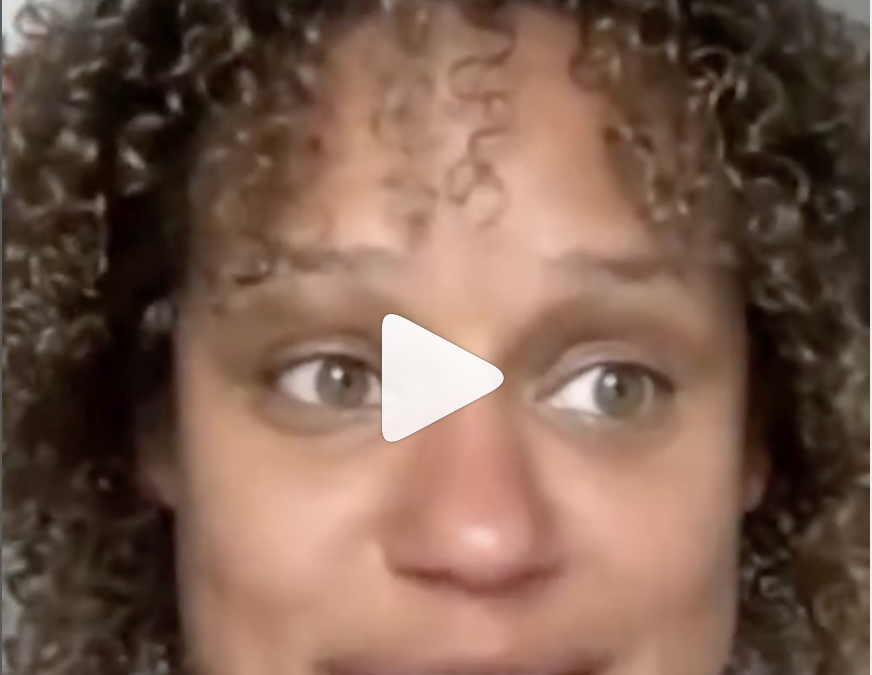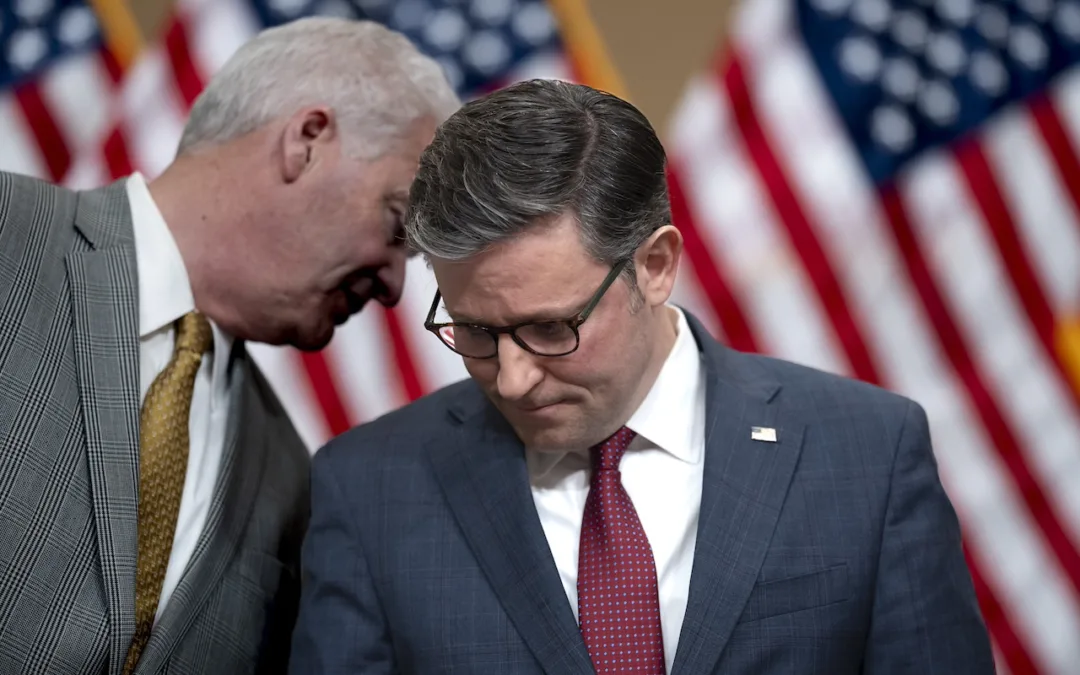
A drive-up patient is assisted with testing at a community coronavirus test site operated by Cone Health and the county Health Department in Burlington in July. (AP Photo/Gerry Broome)
Coronavirus cases are ticking up, alarming NC officials as colder weather sets in and people grow weary of restrictions.
Gary Locklear and Steve Taylor had been dear friends and fellow Methodist missioners for decades, starting with social-justice ministry work they did in the 1990s among Locklear’s own Lumbee Indian tribe in southeastern North Carolina.
At the start of the COVID-19 pandemic this past April, Locklear started telling Taylor he loved him at the end of their conversations. It was a prescient choice. Within months, Locklear, a 72-year-old from Pembroke, would be dead by the disease that the state is struggling to contain.
“We’d never really said that,” said Taylor. “I’m so thankful that he did. We all have a sense of our own mortality inside of this. Gary absolutely recognized the danger that we are all in.”
Locklear died Sept. 10, not long after his wife had also contracted it and just six weeks after it took the life of his 80-year-old brother Lockwood Locklear. Gary’s wife Panthia has since recovered.
“All of a sudden he gets sick, and four weeks later, he’s passed. What do you do with that?” said Taylor. “The devastation to this family is just stunning.”
The Locklear brothers are two of the 4,283 people who, as of Thursday, have died from COVID-19 complications in North Carolina. It’s a number bound to rise as autumn weather settles in and the state battles what might be its biggest challenge yet when it comes to the highly contagious disease.
The facts first, always. Subscribe to the Cardinal & Pine newsletter here.
North Carolina’s seven-day average number of new daily COVID-19 cases has topped 2,000 for the first time since the pandemic’s first peak in early August. Thus far, October has seen the four highest numbers for new cases on any single day. North Carolina hospitals are also caring for nearly 1,200 COVID patients, almost a quarter more than they were at the beginning of October.
Public health experts have long been predicting a second wave of the pandemic. They now project an additional 100,000 to 300,000 new deaths by the end of February, on top of more than 225,000 Americans who have already died from COVID-19. In the final presidential debate, former Vice President Joe Biden said it would be a “dark winter.”
Scientists say viruses, the novel coronavirus likely among them, survive longer in cold, dry air. Winter also weakens our immune systems and forces people indoors where it more easily spreads.
“As we have seen temperatures go down, humidity go down, this virus is just able to spread more,” NC Department of Health and Human Services Secretary Mandy Cohen said at a virtual press conference Wednesday. “We are seeing spread in our rural areas and it actually mirrors a lot of the spread that we’re seeing across the Midwest.”
“Many people can have the virus and don’t know it. It doesn’t mean we don’t trust each other. It means we take care of one another.”
Gov. Roy Cooper

Robeson County Struggles
Locklear’s native Robeson County, in fact, is among the hardest hit areas in North Carolina, with nearly five cases per 1,000 residents, almost twice as high as the state and national averages. Taylor said leadership had failed to take the pandemic seriously at both the local and the federal level.
“We have not narrated this well in the community,” said Taylor, who lives in Robeson County and as the Director of Connectional Ministries is tasked with keeping tabs on the pandemic for the North Carolina Conference of the United Methodist Church. “You can see that from the Trump rally that was here (in Lumberton) on Saturday – thousands of people not wearing masks in a community with one of the highest infection rates in the state.”
[Robeson County has been a major focal point for both the Trump and Biden campaigns in the last few days of the election, as Cardinal & Pine reporter Michael McElroy detailed here, although, unlike Biden, the president has dismissed public health guidance in convening a large rally.]

The Gaston County Department of Health and Human Services announced Thursday that two people who attended Trump’s Oct. 21 rally in Gastonia, outside of Charlotte, have now tested positive for COVID-19. Cohen has urged those who attend large gatherings, including political rallies, to consider being tested for COVID-19.
The most severe forecasts assume that states would continue to roll back social distancing guidelines, as North Carolina has done. Less deadly forecasts of about 100,000 more dead by the end of February are based on models where state governments reinstate strict rules. A recent study published in Nature magazine by the Institutes for Health Metrics and Evaluation predicted that more than 100,000 American lives could be saved through universal mask wearing in public.
Here in North Carolina, Gov. Roy Cooper last week indicated the state would maintain its Phase 3 precautions, which limits occupancy to 30% of capacity or 100 people for outdoor venues, outdoor bars and amusement parks, plus indoor movie theaters. In general, mass gatherings are restricted to 25 people inside and 50 people outdoors.
Acknowledging the economic impact of COVID-19, Cooper on Wednesday announced an executive order echoing the CDC’s eviction moratorium until the end of the year for some 400,000 tenants who could lose their homes for nonpayment. The governor also said 23,000 applicants had requested rent and utilities assistance in the first two weeks of the N.C. Housing Opportunity to Prevent Evictions (HOPE) program.
“The results will be more North Carolinians staying in their homes, more landlords getting paid rent and fewer utility companies shutting off the power,” Cooper said. “Our economy will only be as strong as our efforts to stamp out this virus. … There is light at the end of this tunnel.”
RELATED: Denied Federal Recognition for a Century, Biden and Trump Promise Change for NC’s Lumbee Tribe
Federal health officials have announced 3.2 million new 15-minute antigen tests being delivered to North Carolina. Last Thursday saw more than 45,000 North Carolinians tested for coronavirus, one of the highest daily totals this year. More than 30,000 tests are being administered on a daily basis, and the 2020 total is nearing 4 million in the state.
“We are actually testing at some of our highest (testing) rates that we have at any time during this pandemic,” said Cohen.
Last week, Cohen sent a letter to officials in more than 30 rural and urban counties from Graham to Chowan, asking them to help “win the hearts and minds of North Carolinians” around mask-wearing, social-distancing and hand-washing. She also asked them to consider tightening rules even stricter than state standards around masks, occupancy, restaurant and bar sales, with potential fines. Several rural counties in far western and eastern North Carolina have some of the highest COVID-19 rates per capita, at more than five cases for every 1,000 residents. While the pandemic in its first few months had a disproportionate effect on Black and Latino communities, many of the infections now are spreading among white, rural residents of the state.
“There’s evidence of spread over our state, and we’re seeing it more in rural areas, and we’re seeing it more in our white populations,” Cooper said.
Getting People to Mask Up
“We have people who still refuse to wear masks,” says Taylor.
Religious communities are responsible for more cluster transmissions than any other settings besides colleges, universities and meat processing plants, according to a weekly cluster report from the state Department of Health and Human Services. The state has had 88 clusters of COVID-19 cases associated with religious communities throughout the state, which has led to 18 deaths and 1,180 positive cases. Though religious gatherings are exempt from state-issued restrictions on in-person gatherings, public officials have been recommending virtual online services.
“What is worrisome is the increase in cases and clusters originating in religious and social settings,” said Cohen. “It’s not about how well you know someone. We need to wear a mask anytime we’re with people who don’t live with us.”
Johnston County’s Princeton Church has had at least 20 positive cases, according to a WRAL report from earlier this week.
In Charlotte, in-person events held by the United House of Prayer for All People during the first half of October left almost 150 worshipers infected with coronavirus, leading to five deaths, with contacts traced to neighboring states and even New York, New Jersey, the District of Columbia and California. UHOP, an evangelical denomination in the apostolic tradition, is based in Washington DC and has tens of thousands of members at 100-plus congregations across the nation.
More than a dozen residents of the Madison Saints Paradise South Senior Living Facility in Charlotte were infected as part of the outbreak. Yet even after a weeklong retreat in October led to infections, the church announced plans for a “Worldwind Revival” this week before the Mecklenburg County Health Department ordered the church to shut down meetings of more than 10 people until Nov. 6.
Cooper urged North Carolinians to wear masks when around people outside of their immediate households, given that the disease is so easily transmitted.
“Many people can have the virus and don’t know it,” Cooper said. “It doesn’t mean we don’t trust each other. It means we take care of one another.”
Politics

VIDEO: Senate Republicans Block Bill to Extend Child Tax Credit
View this post on Instagram A post shared by Cardinal & Pine (@cardinalandpine) Monday was tax day, and Senate Republicans are...

NC’s Congressional Democrats urge House to protect IVF
Any Republican serious about protecting IVF needs to put their votes where their mouth is, the Democrats wrote to House leadership. After the...
Local News

The zodiac signs of 12 iconic women offer insight into their historic accomplishments
Zodiac signs can tell you a lot about someone’s personality. Whether they’re an earth, water, air, or fire sign, these 12 categories (which are...

VIDEO: Two men rescued off Beaufort, NC
https://www.tiktok.com/@cardinalandpine/video/7353300192906562859?lang=en WATCH: We love our Coasties in NC! ⚓️ When a boat ran aground off of...




